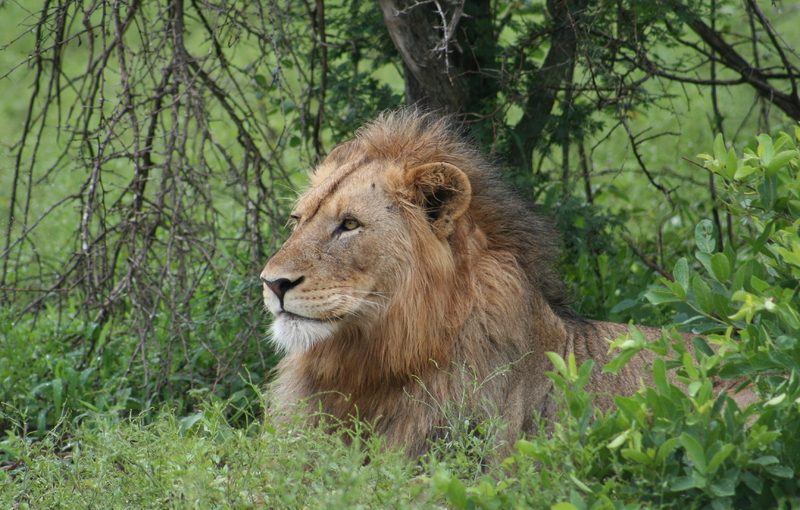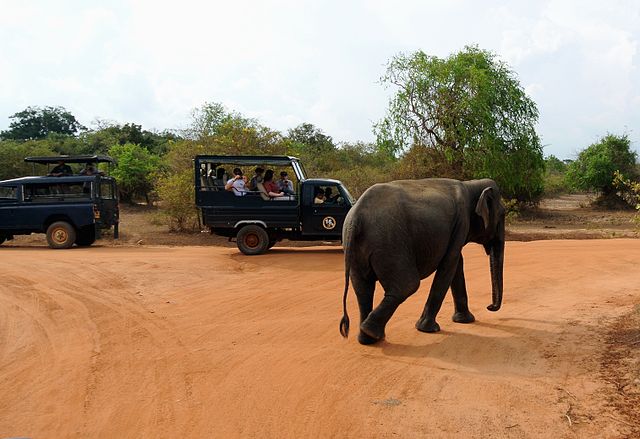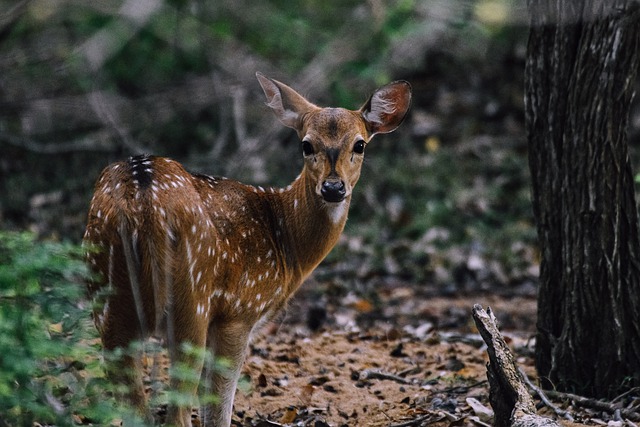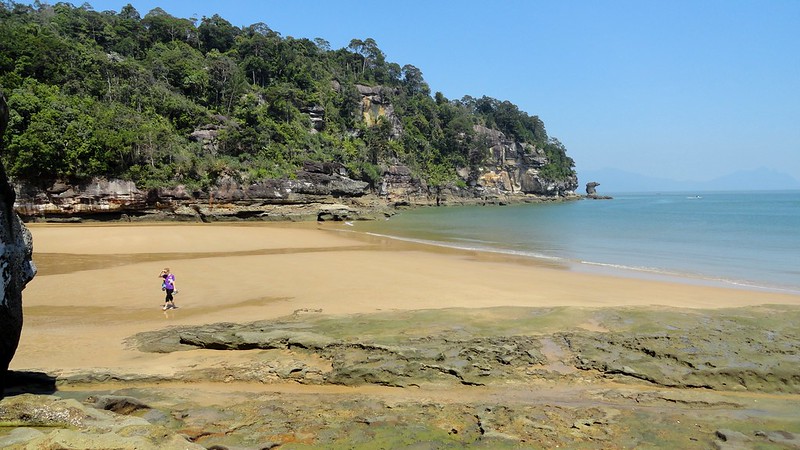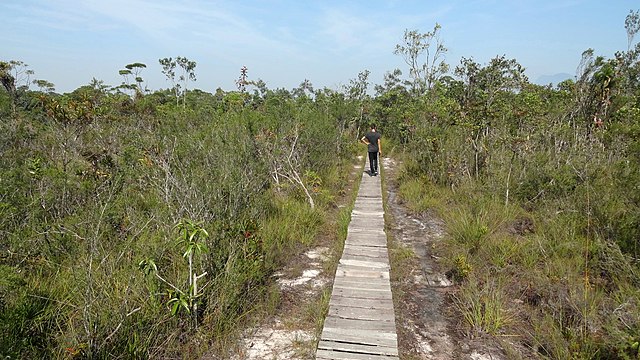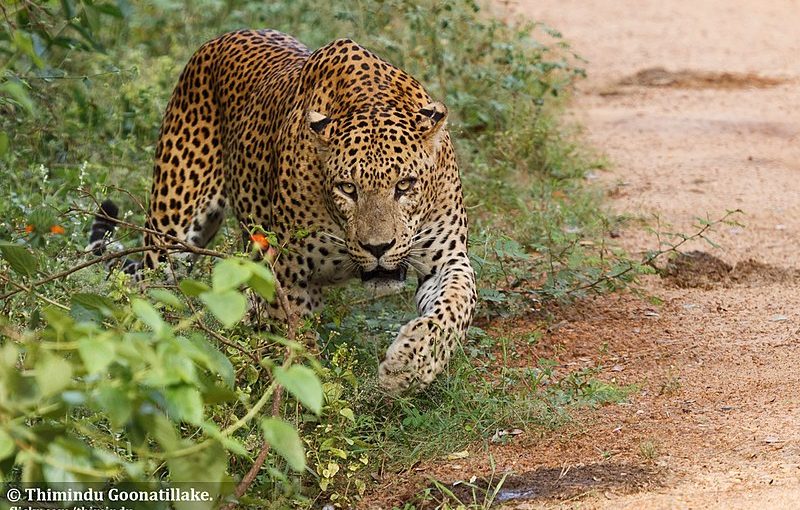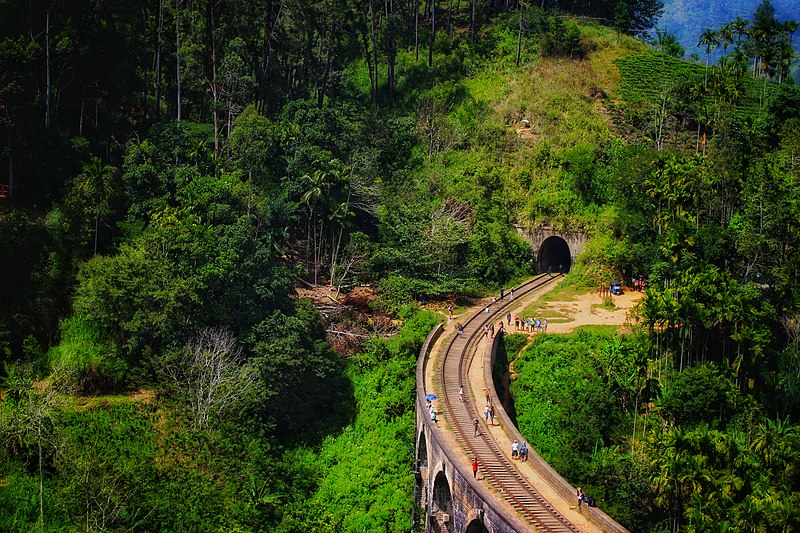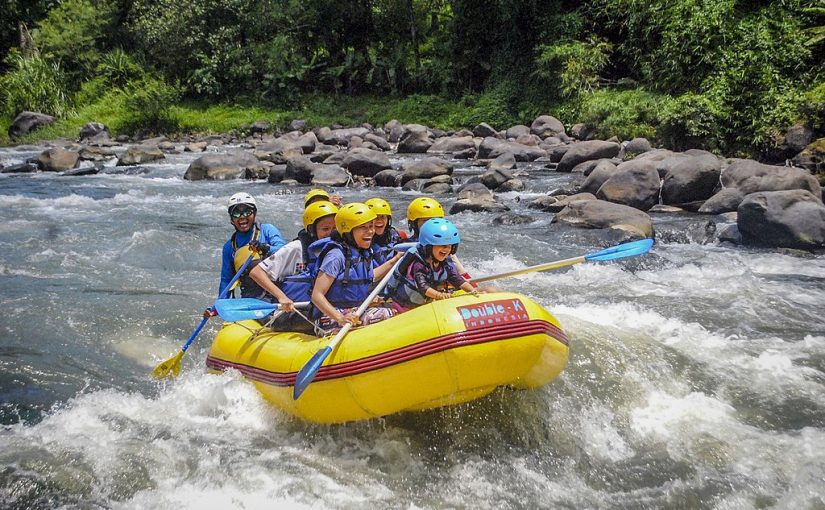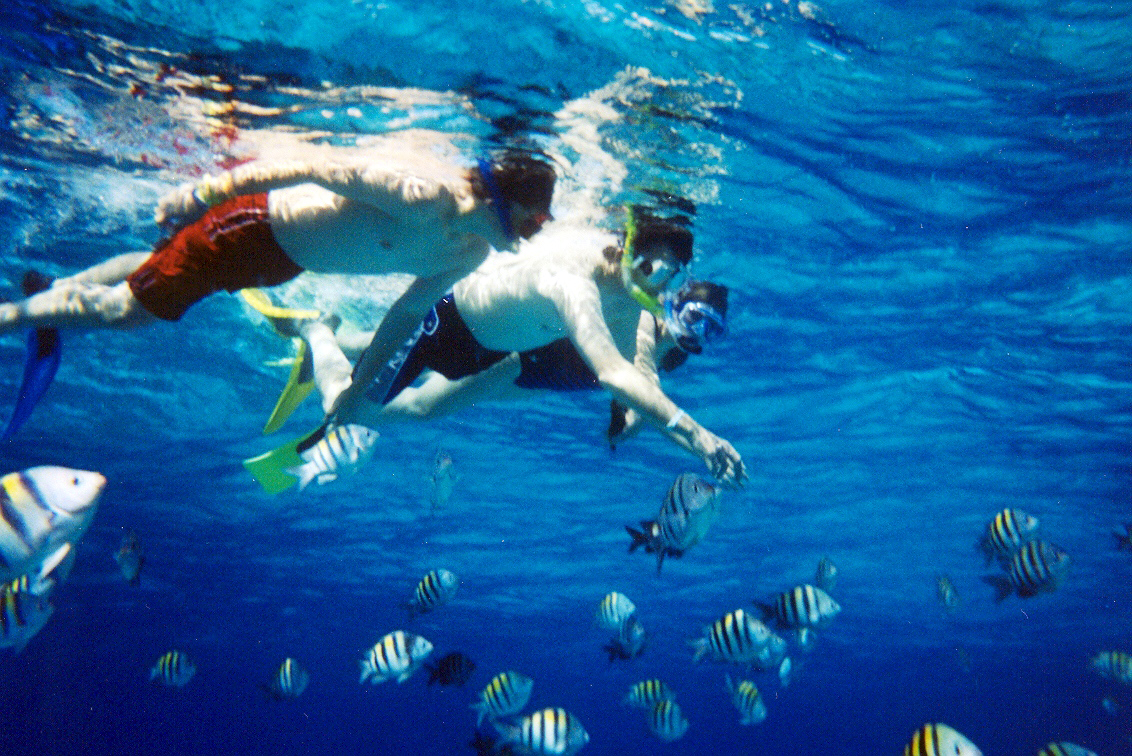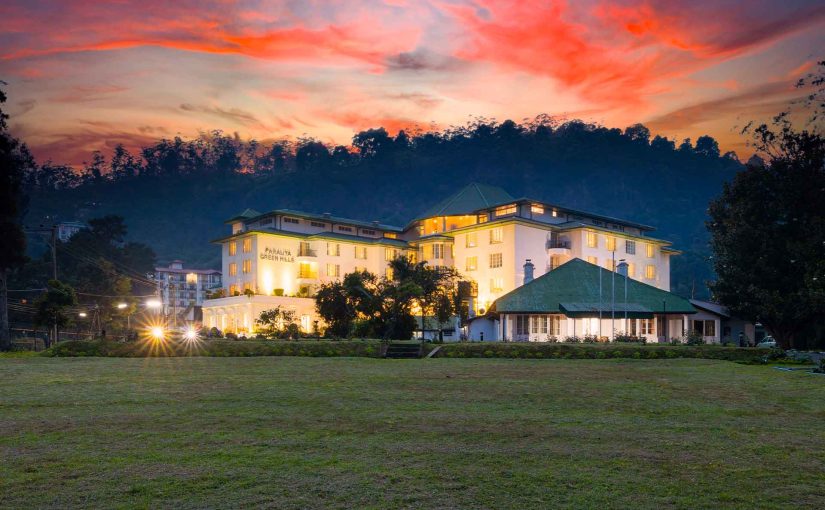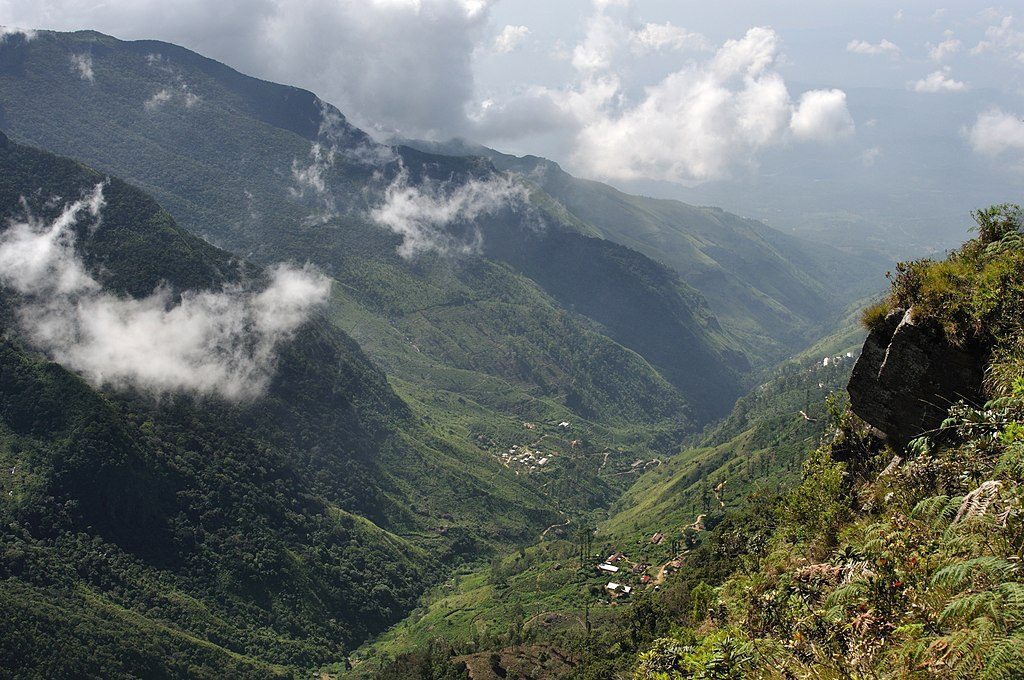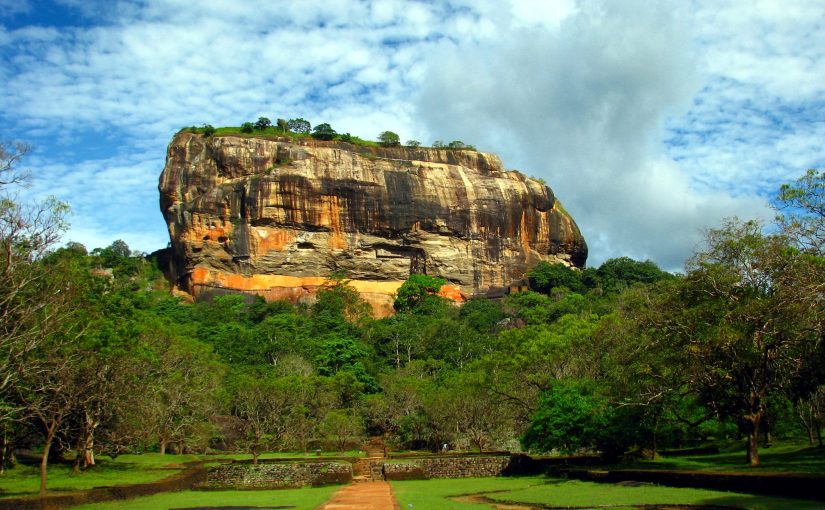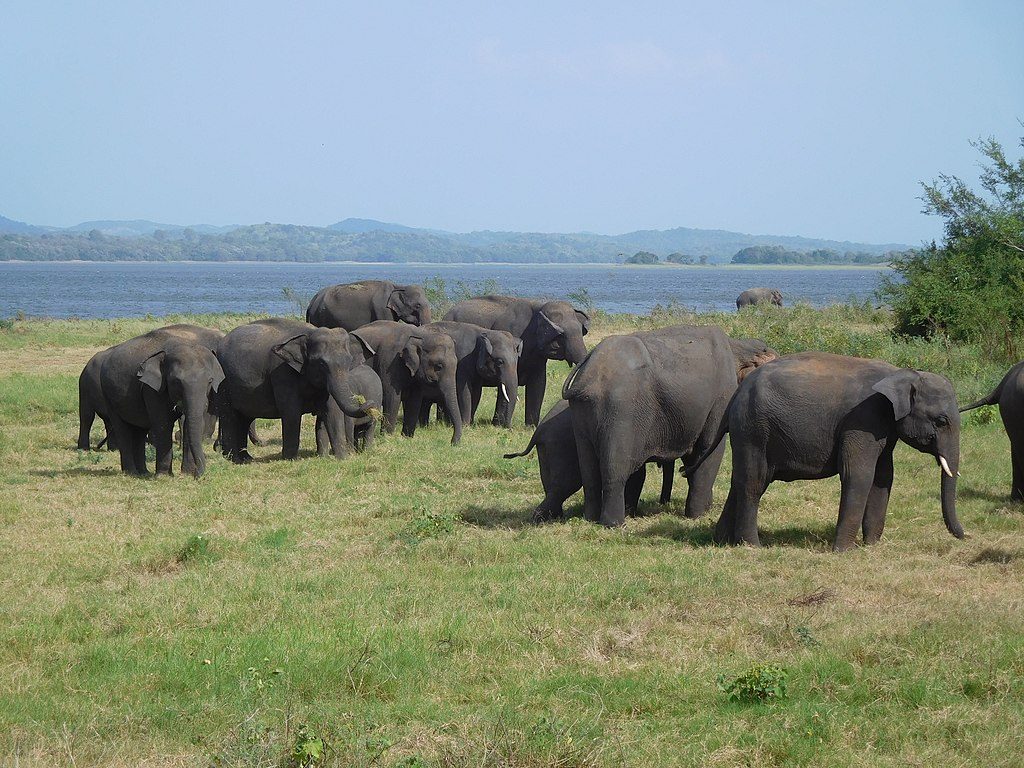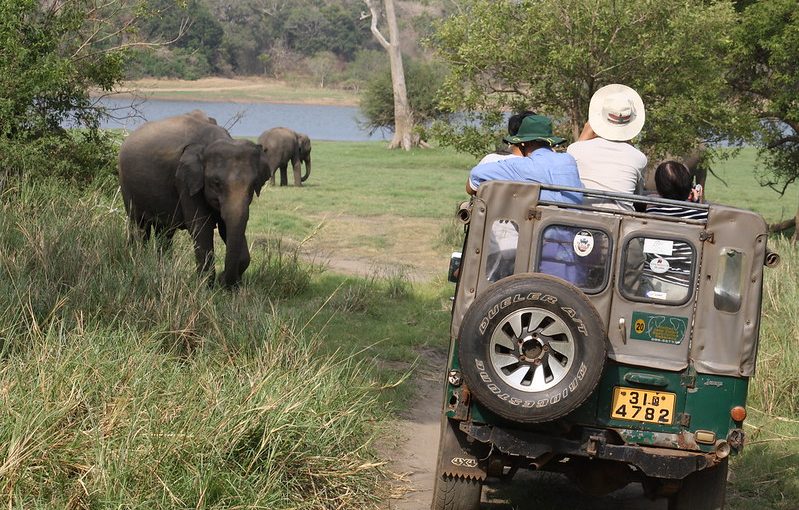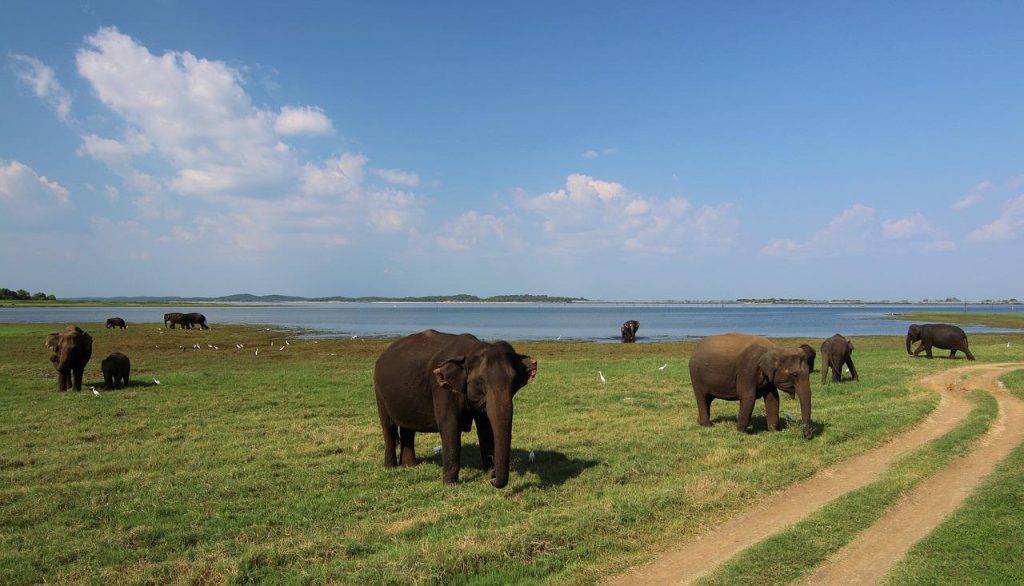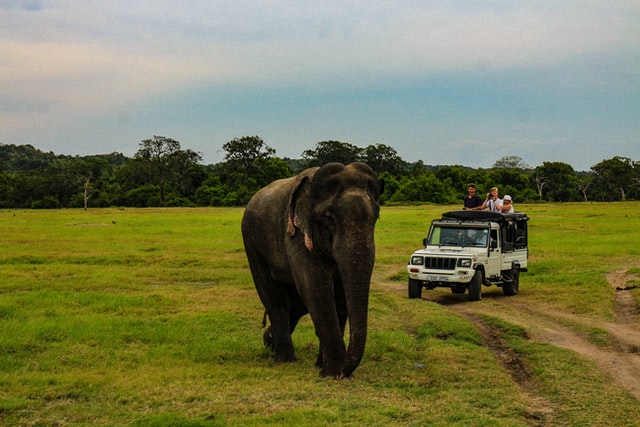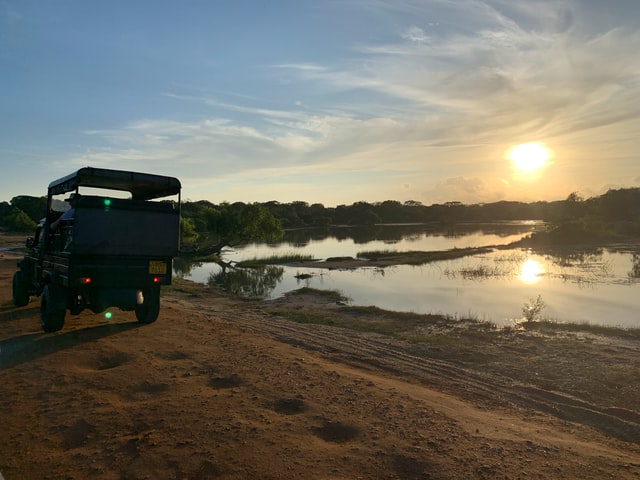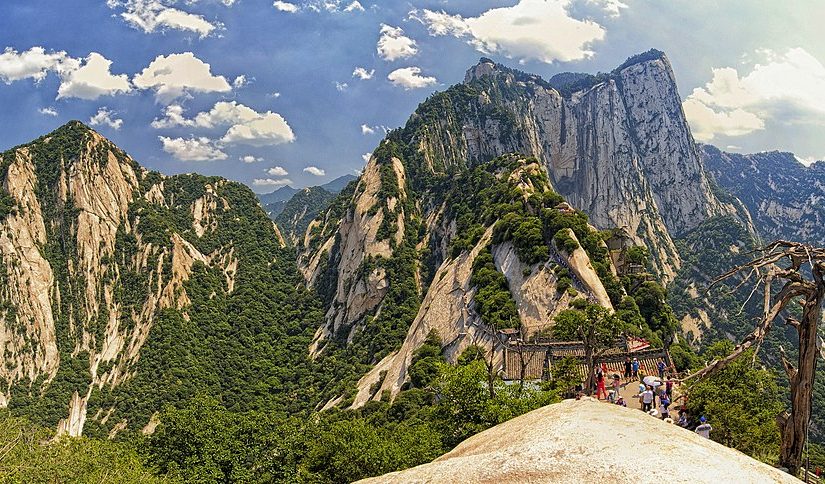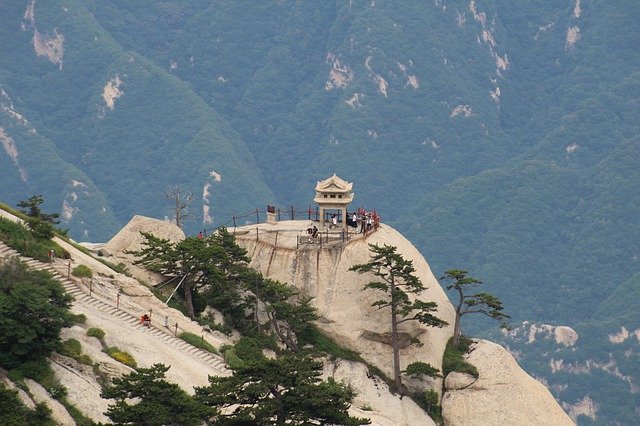The vast Luangwa Valley, the majestic Victoria Falls, and the untamed Zambezi River are all found in the landlocked nation of Zambia, along with more than a dozen National Parks and other important wildlife conservation programs. It should come as no surprise that adventurous travellers who seek unspoiled African nature flock to Zambia. A safari in Zambia is the best opportunity to get up close to the continent’s wildlife. Here are only seven amazing species you can see in their natural settings.
African Elephants
African elephants, the largest species of elephant, can be found in Zambia’s river-rich national parks such as South Luangwa, Lower Zambezi, and Kafue. Elephants live in close matriarchal families, much like humans, making them one of the cutest large mammals. The family members are so close to one another that you seldom ever see them more than a few steps apart.

Lions
In Zambia’s grasslands, the king of the jungle spends his time hunting or relaxing. You have a decent chance of seeing one of these gorgeous cats in the southern parts of South Luangwa and Kafue National Park, which both contain sizable pride within a constrained territory. In Kafue, where they are known to be especially playful, you might even catch a pride of lions climbing trees if you’re lucky. You can arrange for a safari with your Livingstone hotel in Victoria Falls.
White Rhinos
Due to poaching, white rhinos, the largest species of rhinoceros, were once uncommon in southern Africa. The Zambia Wildlife Authority did, however, transport four white rhinos from South Africa to Mosi-oa-Tunya National Park in 2010. Currently, a herd of over ten animals is closely guarded and lives close to Victoria Falls to stop poaching.
Giraffes
Giraffes, the world’s tallest mammals, graze on trees in the South Luangwa and Lower Zambezi National Parks. The Thornycroft’s giraffe subspecies is only found in Zambia and has distinctive markings. About 20 giraffes make up a herd. You might even be lucky to spot a few at your resort such as Royal Livingstone Hotel by Anantara.
